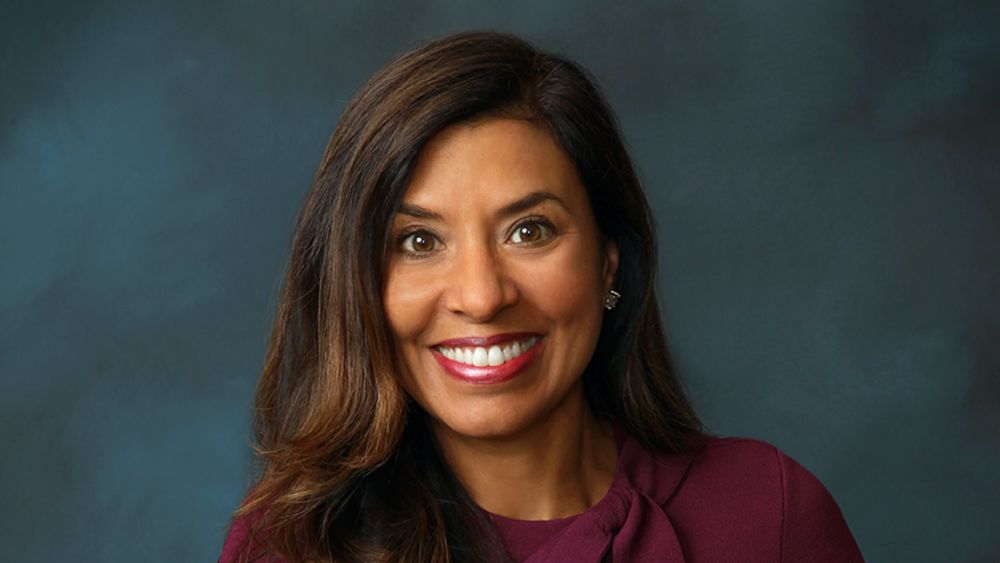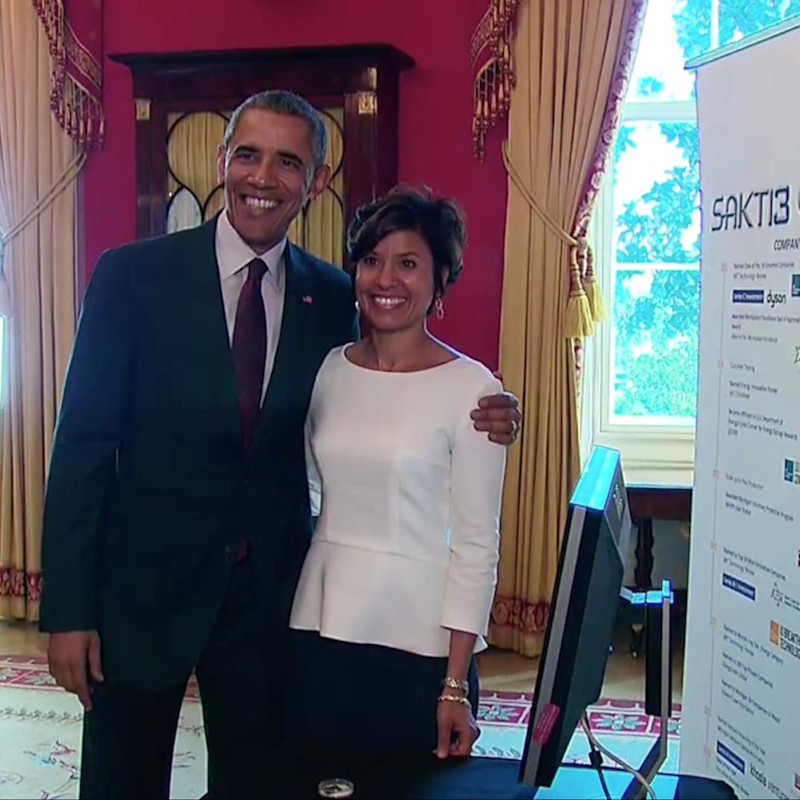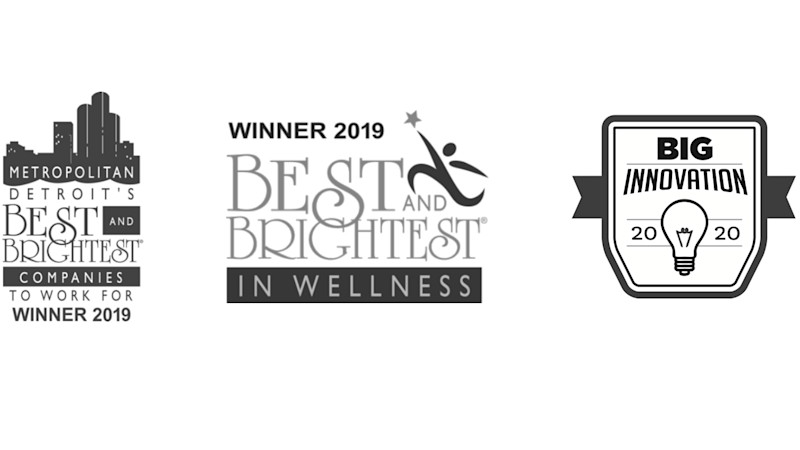- Iterate
- Meet The Team
- Meet the Mathematician Who Always Knows What's Coming
Meet the Mathematician Who Always Knows What's Coming
As the CEO of Amesite (NASDAQ: AMST), she is once again looking to the future. By founding a software company that creates artificial-intelligence products designed to improve learning for both educators and businesses, Sastry has discovered another way to help others stand where the ball is going to be.

In June 2009, Dr. Ann Marie Sastry, then a professor at the University of Michigan, stood in front of an audience at the opening of the General Motors' Global Battery Test Lab and asked her students to raise their hands. This was a huge day in Detroit, as Sastry’s research and work into the battery capabilities of this lab became a big piece of the groundwork for GMs eventual foray into electric vehicles. But when she addressed her students that day, the main piece of advice she shared was actually pretty simple: “You need to stand where the ball is going to be, not where the ball is.”
For Sastry, a lifelong mathematician who turned food issues into solvable equations when she worked at a restaurant in high school, this advice has been at the middle of her entire career. At all her stops, whether in education or the private sector, the problems she’s tackled have all been forward-facing. It’s a rare kind of entrepreneurship, to be able to avoid the reactive, but it’s a rarity Sastry has thrived in.
Now, as the CEO of Amesite (NASDAQ: AMST), she is once again looking to the future. By founding a software company that creates artificial-intelligence products designed to improve learning for both educators and businesses, Sastry has discovered another way to help others stand where the ball is going to be.
“We want people to think not just about the next six weeks or the next six years, but the next 60 years,” she said in an interview with The Org. “I hear people talking about universal basic income and different ways of leveling the economic playing field, and those things aren't bad, but I think about economic advancement a little bit differently. I think about it as empowerment. Allowing people to get a learning experience so impactful that they can equip themselves to be the captain of their own life and their own career.
“Amesite will hopefully be an important part of that personal mission for people.”
Sastry’s own mission started in the 90s, while getting her Ph.D in mechanical engineering from Cornell. She worked mostly on physics-based problems, or physical models of how the world behaved. AI algorithms already existed, but the computing power, and the data sets, were not yet developed enough to execute the algorithms.
While in the lab one day, a professor said to her, “Write the codes now. The computers will be there to run them."
“I really took that to heart as a young student,” Sastry said. “In order to dream, in order to really aspire, I felt you had to see the world the way it was supposed to be and was going to be. Just write the codes. And that's really the path I took. I tried to write things first and lead later and spearhead things that could be executed with just one more thing, with one more chip or one more resource. Then you're always thinking on to the future.”
From there, Sastry embarked on what her husband calls a “series of missions” more than a definable career. She got to Ann Arbor in 1995, where she co-authored more than 100 publications for Michigan and taught thousands of students as a Professor of Mechanical, Biomedical, and Material Sciences. She also ran two research labs, including the GM/UM Advanced Battery Coalition for Drivetrains that eventually become the aforementioned GM battery test center.
While running that lab, around 2008, a colleague called to ask if she could make a small, powerful battery. Sastry laughed and told him to go to Radio Shack. When she looked into it, though, she saw that the energy densities for these expensive batteries were extremely low. Sastry then did what any normal person would do, which is spend the next Saturday in her garage spray painting batteries with silver and zinc to see if she could boost their voltage. Those experiments led to solid-state battery company Sakti3, which soon became one of 30 companies selected to present at the White House's first Demo Day and was eventually sold to Dyson for $90M in 2015.
“It was so fun to build and change experiments with that rigor and routine,” Sastry said. “That’s not really what you do at a University. There, you show a thing can be done and when it can be done, you maybe work on it as a Ph.D thesis or a master's thesis. So turning things around at that frenetic, fast-paced cadence at Sakti3 was one of the thrills of my life.”

After leaving Michigan and selling Sakti3, Sastry worked for Dyson for a few years before starting another forward-facing venture. Amesite, interestingly enough, was actually first conceived as a charitable activity. Sastry looked around at declining higher education rates and skyrocketing student debt figures in the U.S. and realized that the education was lacking what other sectors had already mastered — user experience. Companies in banking, shopping, and music were riding AI to unbelievably high retention rates. Why couldn’t she do the same in education?
In November 2017, Sastry started Amesite. The software company is not trying to be a university or get deeply involved in pedagogy, and it’s growth path so far reflects that. For more than a year, the company eschewed customers to build up its codebase and first generation system, securing a $5.5M seed round in the process, before launching its first product in October 2018. Gen 2 was released in January 2019, Amesite raised another $7.5M and released Gen 3 a year later, then went public in September 2020. A large part of that success is a 98% retention rate on the platform, an almost-unheard of number for education companies.

Since its IPO, the company has closed a successful pilot with Ford and entered partnerships with The Henry Ford, Wayne State University, and Michigan State University. They now count customers in higher education, enterprise, and K-12 and have hired two sales directors since September to build out that growth in Brock Bilger (K-12) and Brandon Owens (enterprise).
“Having swum that first lap and shown that we could execute the technology, that we have a product that helps people, and that our customers are happy, it's now time to hit the accelerator,” Sastry said.
--
The Org is a professional community where transparent companies can show off their team to the world. Join your company here to add yourself to the org chart!
In this article


The ORG helps
you hire great
candidates
Free to use – try today


